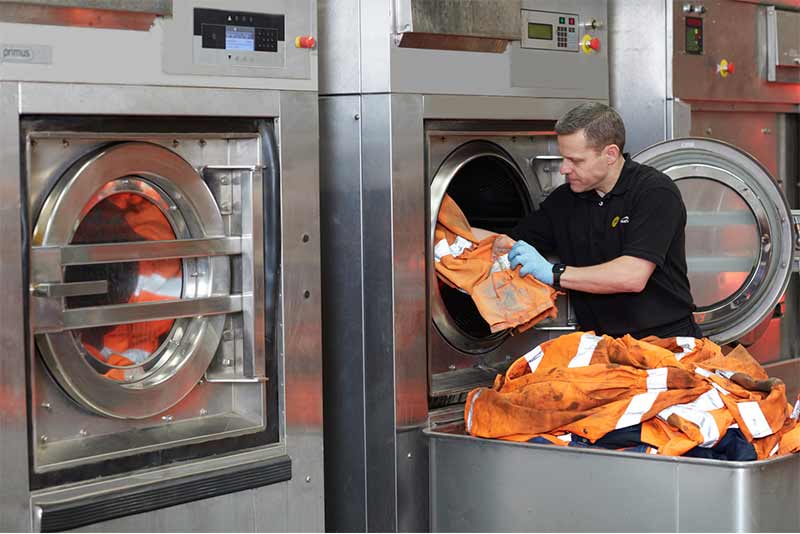Health and safety laws that affect the workplace

As a business owner or manager, it can often be difficult to figure out the reasoning behind all the rules that you have to follow. Paperwork, training, equipment, more paperwork - it might all seem like a thankless task. But when it comes to making efforts to abide by health and safety regulations, the benefits are obvious.
Health and safety laws in the workplace not only put systems, equipment and protective clothing in place to protect workers and visitors but can also improve your business by helping to create more confident customers and happier, more productive staff. The necessary procedures and equipment put in place to satisfy health and safety regulations in businesses should rightly affect the way a business looks and employees behave.
Of course, the main reason for the management of health and safety at work is to prevent injury, ill health or the death of anyone on your premises. The consequences of not following health and safety regulations can not only be catastrophic to your staff and visitors but also extremely damaging to your business.
Because you care for your staff and customers, and value your business’ reputation, it's important to know how health and safety laws in the workplace apply to you and your business.
What is health and safety at work?
When the term ‘health and safety’ is used in the workplace, it usually refers to the Health and Safety at Work Act 1974, employers’ responsibilities under the act, the Management of Health and Safety at Work Regulations and other health and safety laws affecting the workplace.
Health and safety regulations apply to every workplace in every industry. Our Health and Safety at Work Act 1974 summary consists of just 4 key points that each business must provide:
- A safe and properly maintained working environment where operations within it are conducted without risk of injury or ill health.
- Regular training of staff to ensure health and safety procedures are understood and followed.
Workplaces with five or more employees must keep a written record of their health and safety arrangements and procedures. They must also consult with employees (or their representatives) on relevant policies and how they meet health and safety qualifications.

What other health and safety laws should we follow?
Other relevant pieces of health and safety legislation must also be observed in order to maintain a workplace where employees can carry out daily activities without danger of injury or ill health. These can affect the layout and procedures at work, too. They include:
Who is responsible for workplace health and safety?
Everyone in the workplace is responsible for health and safety in a business. Employers must make sure that the workplace is safe while employees have an obligation to each other and their employer to observe health and safety regulations.
Managers or business owners should appoint at least one person to ensure that the legal duties of health and safety laws are met. While it’s not necessary for the nominated person(s) to have health and safety qualifications, a health and safety certificate may help with the skills, knowledge and experience required to competently perform the tasks. This responsible person should be able to spot potential hazards at work, so that they can carry out risk assessments and be able to explain how health and safety risk assessments are monitored and reviewed.
The appointed ‘responsible person’ may be an employee or, if no such person exists in your organisation, you can use a competent person from outside of the business to provide risk assessments and ensure that the business complies with health and safety in the workplace rules.
Whether the ‘responsible person’ is employed within your business or elsewhere, RIDDOR (Reporting of Injuries, Diseases and Dangerous Occurrences Regulations 1995) requires that accidents, injuries and near misses at work are reported to the Health and Safety Executive, if the incident was due to a failing in a procedure or supervision; was related to equipment or machinery; and/or took place at poorly-maintained premises. The HSE is also where you should report your health and safety concerns over any equipment or procedures at work which are worrying you.
If your business sticks to all of the relevant health and safety laws affecting the workplace, it will be unlikely that you’ll ever have to report incidents to the HSE. The experienced team at phs Besafe is able to advise you on health and safety laws and the consequences of not following health and safety regulations. Contact us to make sure that your employees are suitably clothed to meet your business’ obligations when it comes to the health and safety at work act.